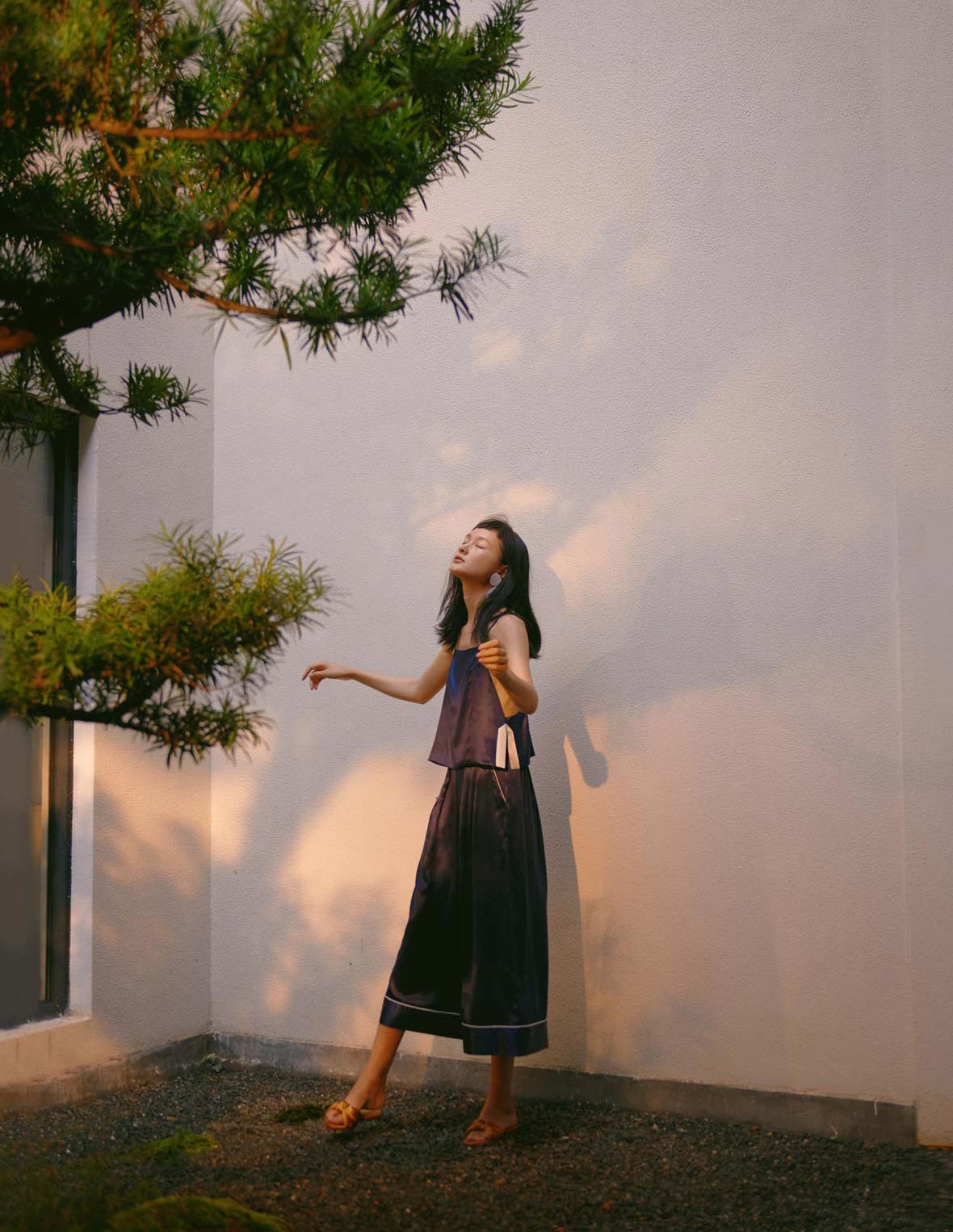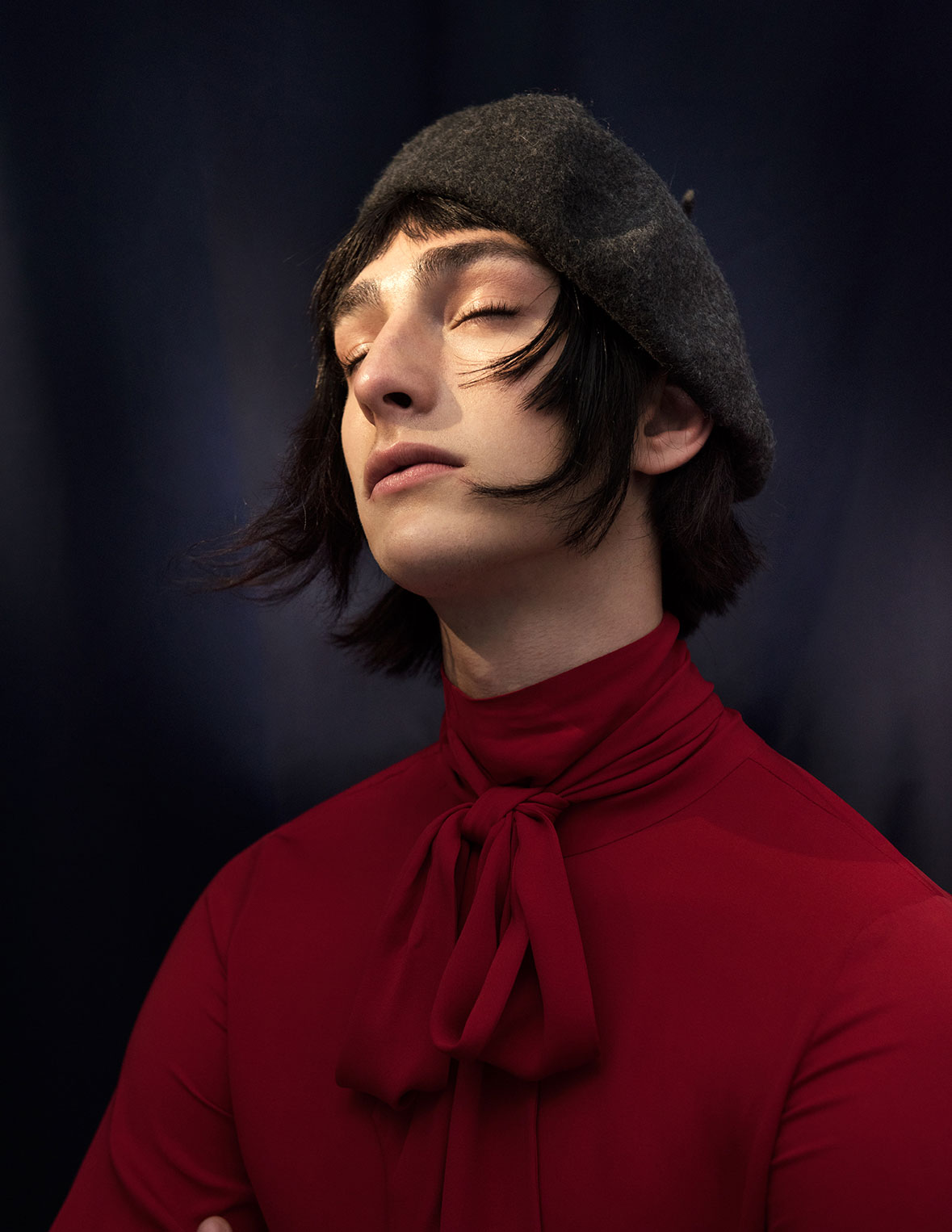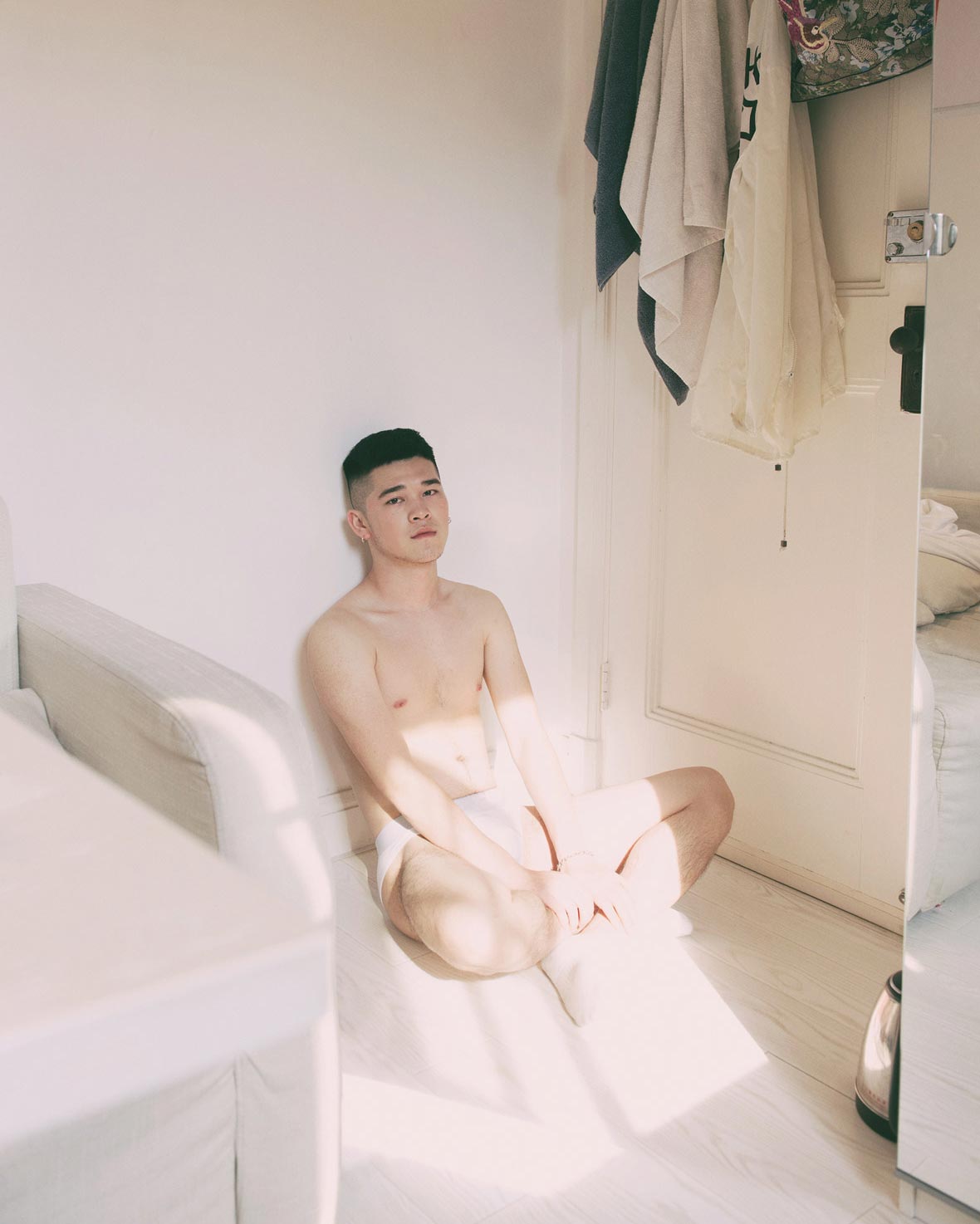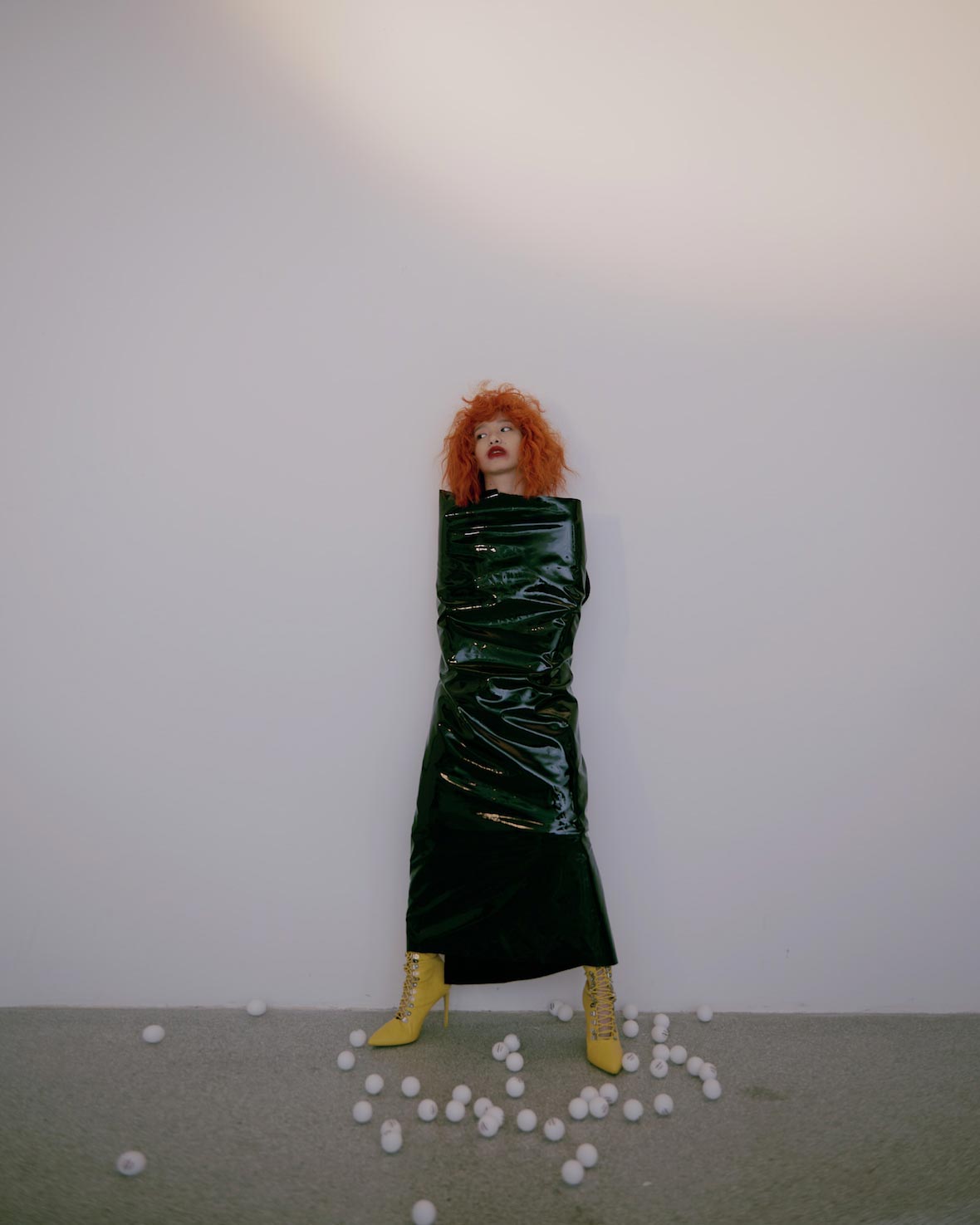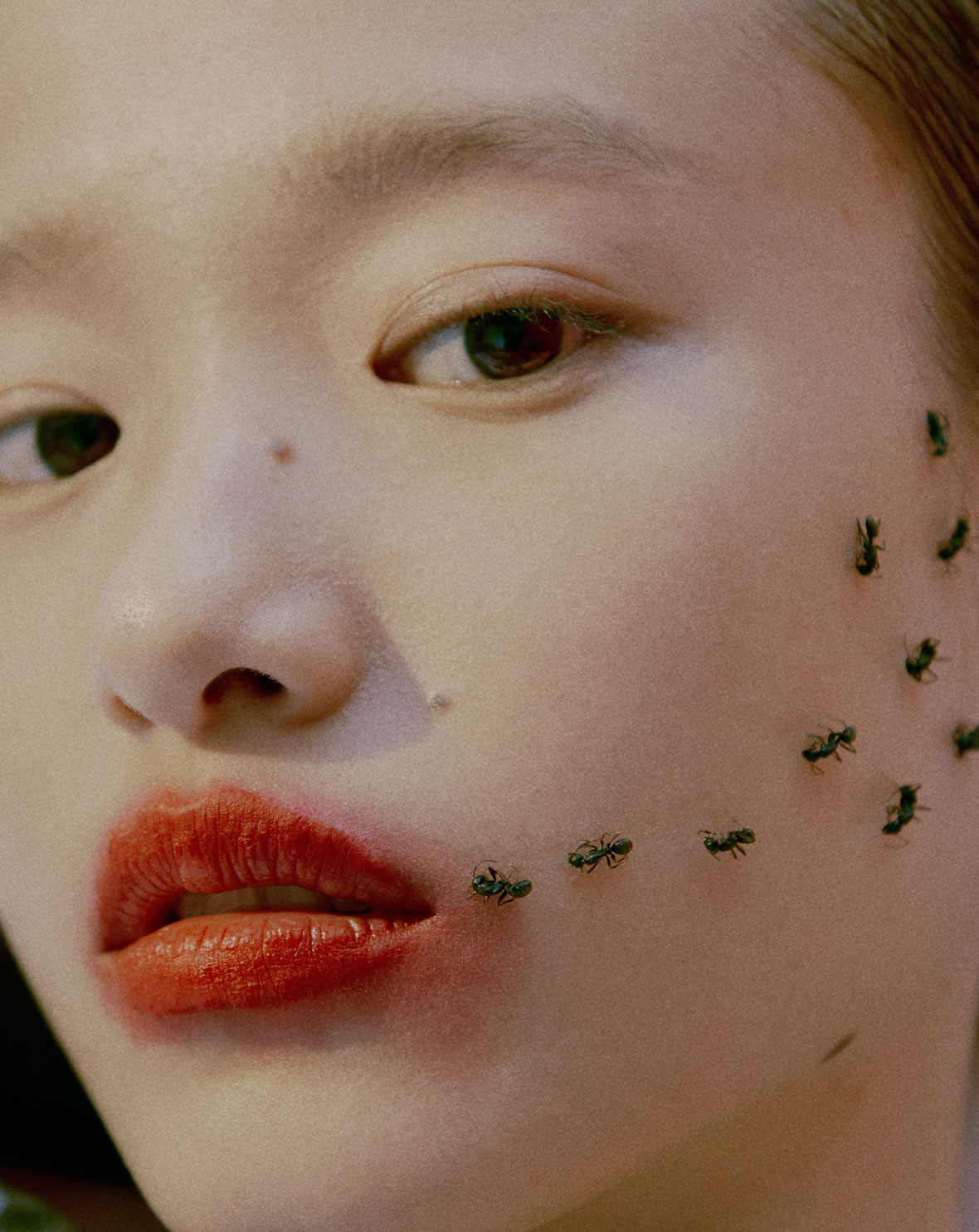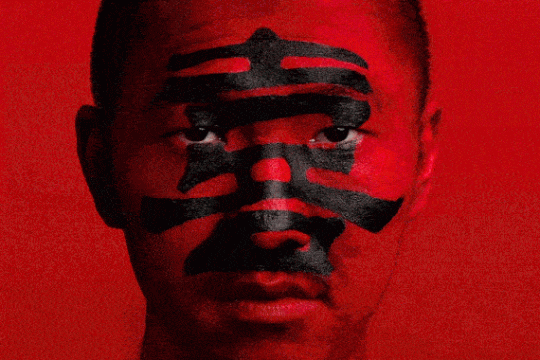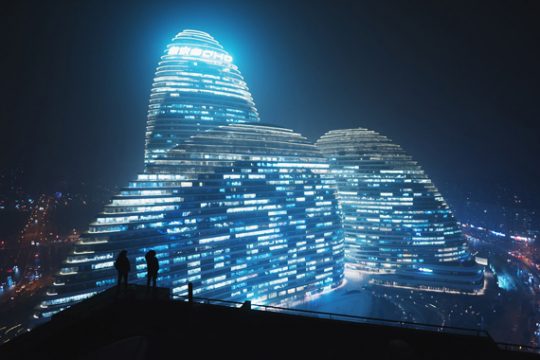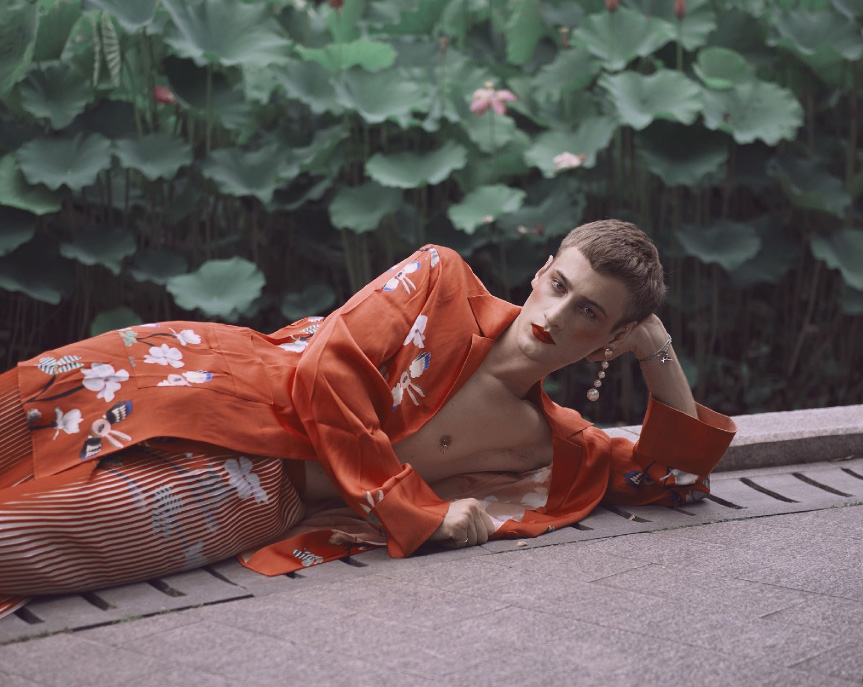
Some photographers find their calling at an early age, playing around with a parent’s camera and taking snapshots of their friends. Not Su Yang, who also works under the name Jan Sol. As a child, he never felt drawn to photography, and he didn’t really start taking pictures until college. “I was studying advertising, and a professor told us to carry around a camera, so we could capture inspiration on the fly,” he says. “I liked taking shots of scenery everywhere, and when I put them online, to my surprise a lot of people liked them, which motivated me to keep going.” Eventually, magazines and fashion brands took note and started seeking him out for collaborations—and before long, almost by accident, he’d become a professional photographer.
有些摄影师很早就对摄影产生兴趣,喜欢摆弄父母的相机,拍摄他们朋友。但对苏洋来说却并非如此。小时候的他从未对摄影格外感兴趣,直到上大学他才真正开始拍照。他说:“我当时在学广告,那时候老师会建议我们随身带一个小相机,可以随时抓到一些灵感。然后我就喜欢到处拍一些风景,没想到传到网上还挺多人喜欢的,这就给了我一些动力继续拍下去。” 杂志和时尚品牌最终注意到他的作品,并开始与他合作。就这么偶然间,他很快成为了一名专业摄影师。
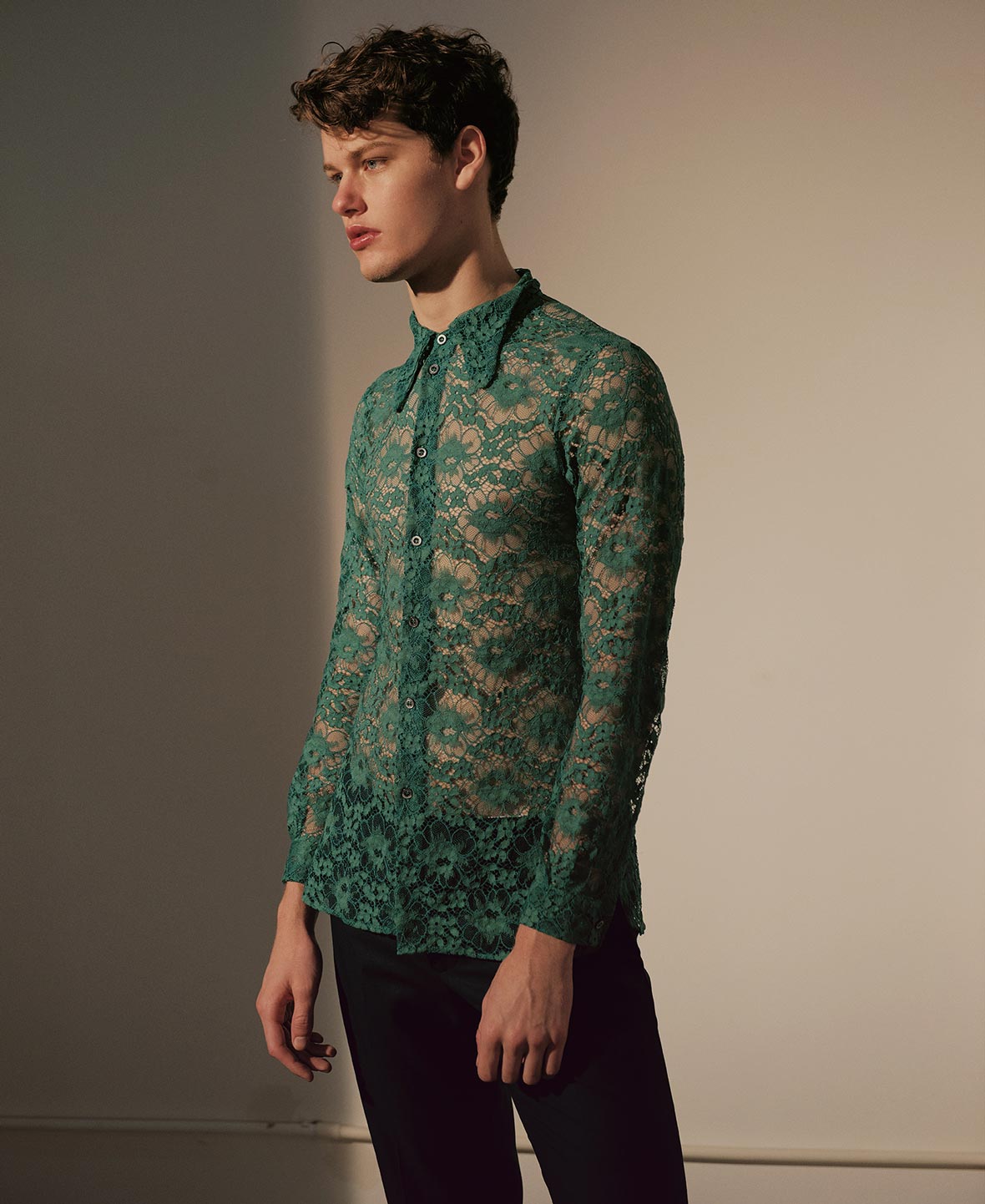
Unsurprisingly for a fashion photographer, most of Su’s work features human subjects. Yet that wasn’t always the case. “When I first started out, I didn’t like to take pictures of people at all,” he says. “I was far more interested in the world around me than in other people—and not just in terms of photography.” Shots of scenes and landscapes seemed let him more easily express his moods.
Later, as he started taking fashion assignments more regularly, he began to study the works of classic photographers and became fascinated with how they captured their subjects at a particular moment. “Only then did I start to practice, and the more I shot human subjects, the more interesting I found them.”
作为一名时尚摄影师来说,他的作品自然大多是人像作品,但他说,“其实最开始拍照的时候,我是一点都不爱拍人的。” 他说,“我当时对周遭环境事物的兴趣远远大过对人的兴趣,不仅仅是在摄影上。” 对他来说,场景和风景照片更适合传达情绪。
后来,因为时装项目越来越多,他开始研究著名摄影师的作品,对他们在瞬间内捕捉人物的技术入迷万分。“那时候起我自己也才开始进行练习,之后就是越拍越觉得人物非常有意思。”
Even Su’s noncommercial photography carries the imprint of his background in fashion. He often shoots his models alone in a room, sitting half-naked on a bed or on the floor, sunlight filtering onto rumpled bedsheets. The models have an air of self-conscious vulnerability as if they’re aware of how exposed they are—and aware too of how unnatural their position is, how strange it is to be sitting for a photograph. Su seems almost to be reminding us how carefully staged the moment is.
In one photo, for example, two models, chests bared, look directly at the camera, their eyes meeting the viewer’s gaze. Yet their candor is at odds with their tension in their arms and the affectation of the props in front of them—a dinosaur figurine, a dragonfruit, and an open pomegranate. This combination of intimacy and artifice resembles nothing so much as a fashion shoot.
甚至连苏洋的非商业摄影也带有时尚摄影作品的痕迹。他的作品常常是他与一名模特呆在一间房间里就完成拍摄的。模特半裸地坐在床上或地板上,阳光投射在皱巴巴的床单上。镜头下的模特展现出一种害羞不安的脆弱,仿佛他们清楚知道自己暴露于镜头前,也意识到自己的姿势有多不自然,意识到这样坐着被人拍照的自己有多奇怪。几乎可以说,苏洋是要提醒我们,照片所捕捉的这一刻正是经过精心安排的。
例如,在以下的照片,两名模特裸露上身,直视相机,他们的眼睛直接迎向了观众的目光。然而,与模特坦率的眼神相对应的,是他们双臂的姿势及面前道具(恐龙公仔、火龙果与剥开了的石榴)所呈现的,这种半亲密半虚构的感觉难免让人联想到时尚摄影。

For Su, taking photos of human subjects offers more than just a glimpse of a life at a moment in time. It forges a link between photographer and subject. “It’s about you participating in an interactive relationship—in the relationship between you and someone else. Your every move affects it,” he notes philosophically. “Whenever I shoot people, I’m actually constantly learning new ways to interact or connect. This is something really wonderful, even a bit zen.”
对于苏洋来说,拍摄人像照片不仅仅是对生命中某个时刻的一瞥,更是在摄影师和模特之间建立联系。“这个过程不仅仅是你单方面地去捕捉一些画面和角度,而是你本身就参与在这一个互动关系——你与他人的关系之中,你自己的一举一动都牵动着它。” 他指出,“我后来会认为我自己在拍摄人物的过程中其实是在不断学习与人交流或者交往的一个途径,这个事情非常奇妙,甚至有些禅意。”
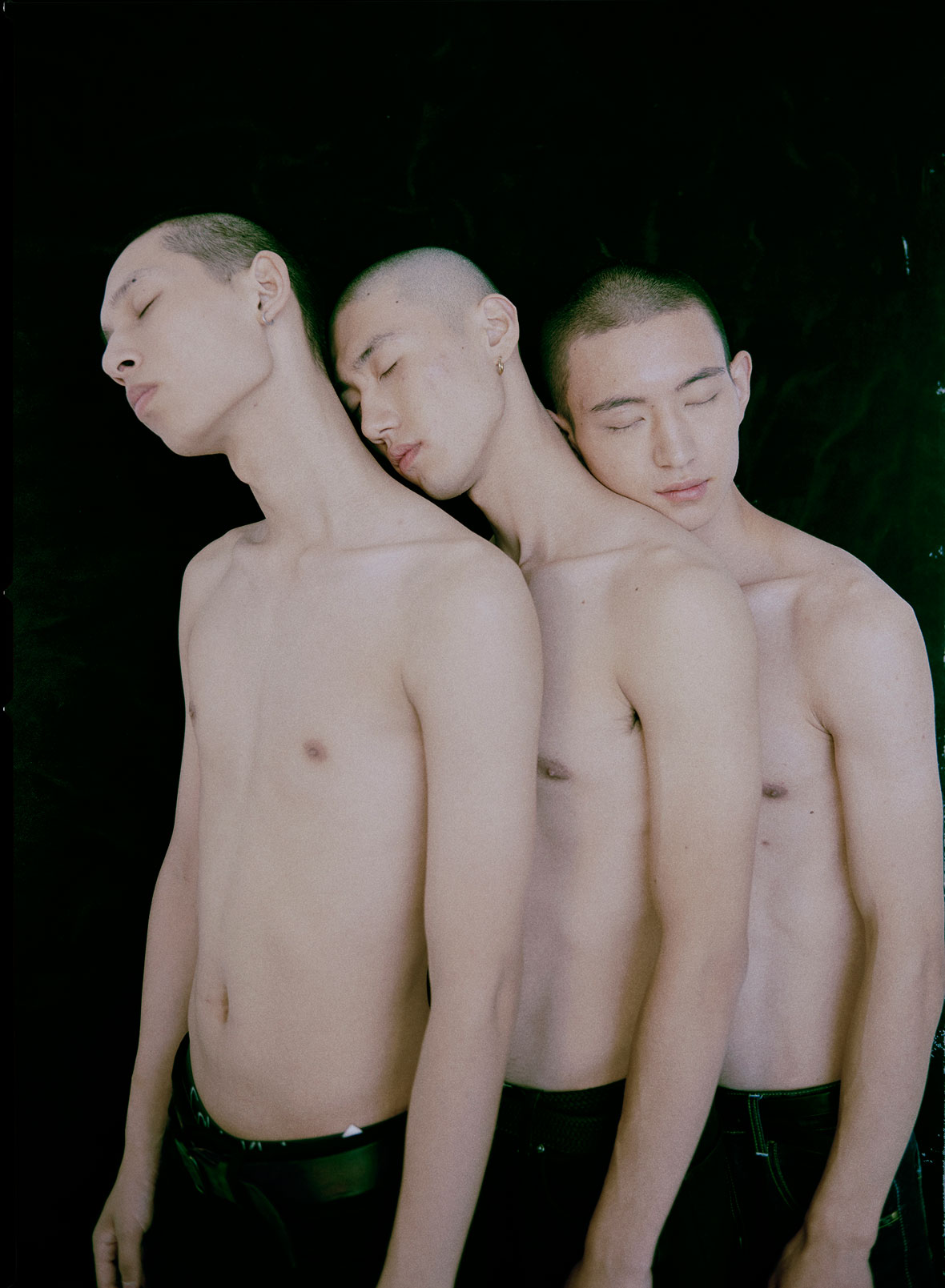
His most recent project, Shanghai Passengers, is a study in the fleeting connections forged by the outsiders who pass through China’s largest city. “In recent years, Shanghai has had more interaction with the broader world. Every day a lot of people come and go, either stopping by for a few days or staying on for a year or two.” These visitors come with diverse backgrounds, and they mold their identity in response to their surroundings. “I find this fascinating. It’s like peering out from a box into a room, and this room is a part of the city.”
他最近的项目《Shanghai Passengers》(《上海过路人》)探讨着外来人在这座大都市参与的那些短暂互动关系。“我觉得上海近几年来与外界发生的联系越来越多,每天都会有很多人来来去去,短暂停留几天或是来呆个一两年。他们来自不同的文化社会背景,来到上海之后自然而然有一个自我身份与环境融合的过程,我觉得这个东西很有趣,像是从一个盒子里窥视一个房间,而这个房间又是城市的一部分。”
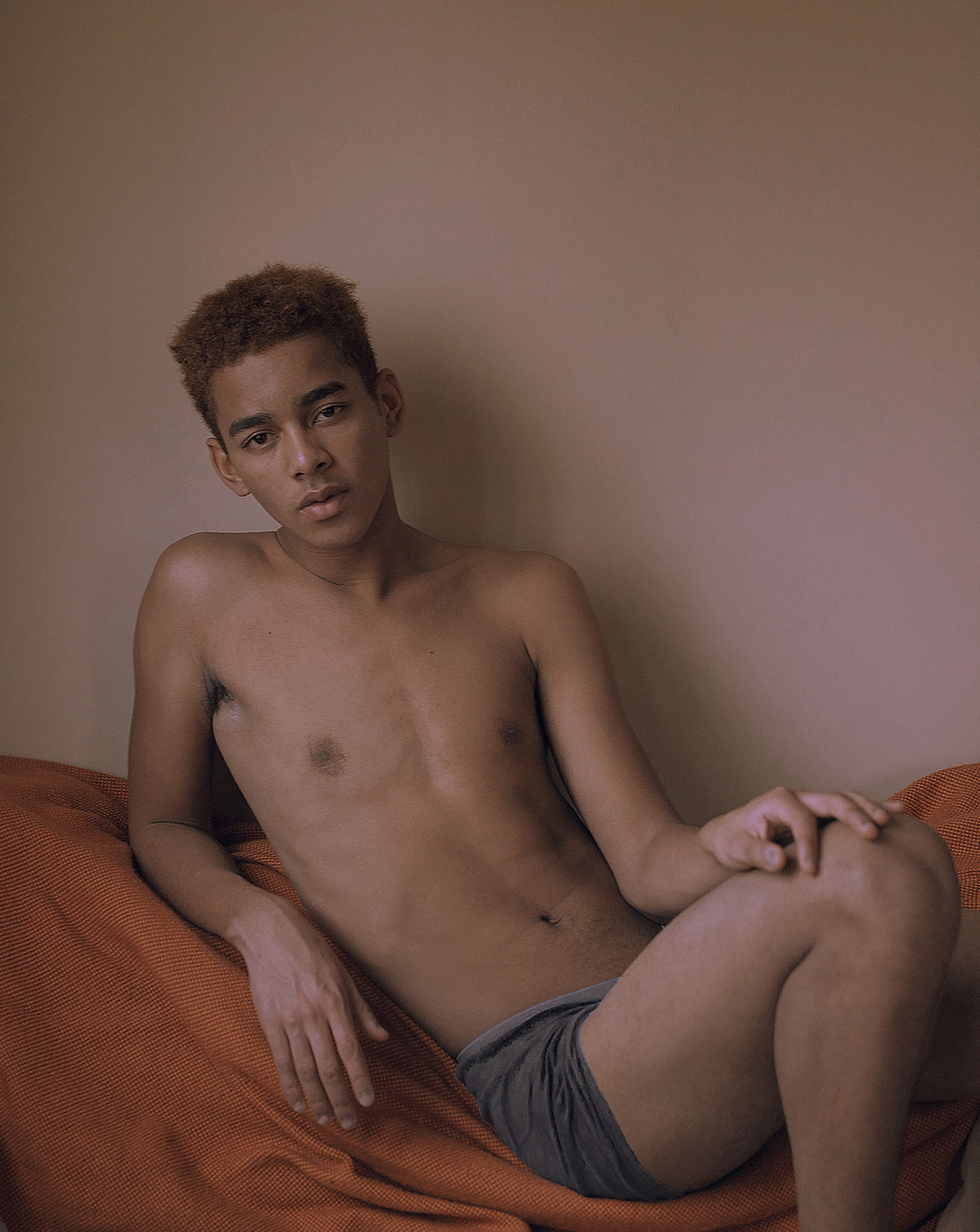
Recently Su has begun re-evaluating his relationship to his art. “For the last year or two what I’ve focused on is pausing and returning to my own life, immersing myself in my relationship to my surroundings, and trying to get out of the ruts of my previous photography.”
Oddly enough, his philosophical view of photography as source of human connection has led him to turn his lens back to scenes without people. “I’ve become interested in real things again. I’ve returned to landscapes and documentary photography,” he says. “It’s like a circle, and you’ve reached a certain point again. But then you discover it’s really different from last time.”
最近,苏洋开始重新审视自己与艺术的关系, “近一两年更多是停下来重新回归到自己的生活里,融入到自己与周遭的关系里,尽力抛除以前拍摄时候的 ‘惯性’。”
奇怪的是,他这种将摄影视为人际关系源泉的想法却使他将镜头再次转向没有人物的场景。他说:“我又开始感兴趣那些最真实的事物,所以也会再度去拍一些风景或是纪实类摄影,这就像一个圆,又回到了某一个位置,但你会发现。这次和上一次又很不一样。”
This newfound interest in things is less a move away from human subjects than an attempt to hone a style. Whether he’s shooting for a fashion brand or working on his own projects, Su seeks to make his photography distinctively his own. “Now I understand my work as conveying a sense that it’s mine,” he says. “It’s a pretty individualized thing.”
重拾对事物的兴趣并不意味着他要减少人像作品,而更多的是磨练风格的尝试。无论是时尚品牌委托的拍摄还是个人项目,苏洋都试图让自己的摄影作品与众不同,正如他说:“现在我对作品的理解,就是传递一些自己的气息,它带有强烈的个人化特质。”

